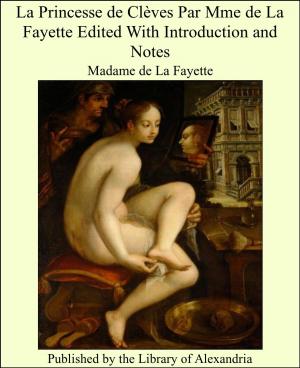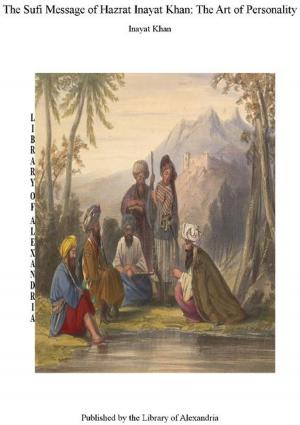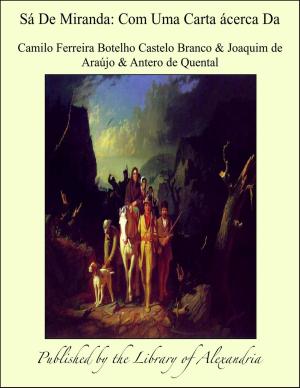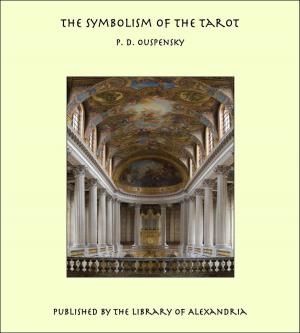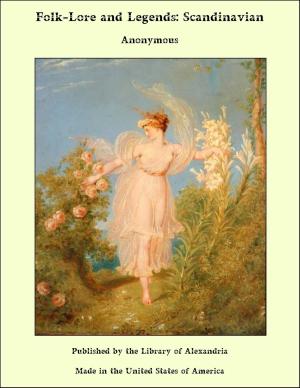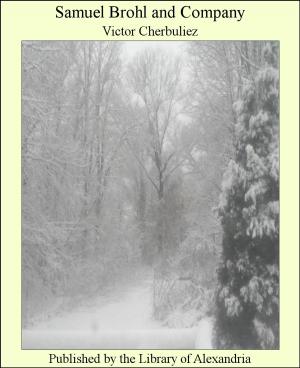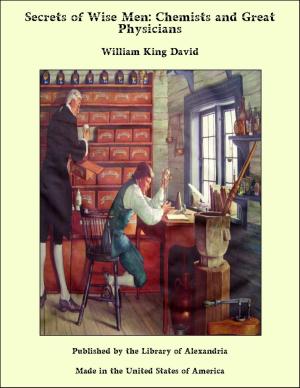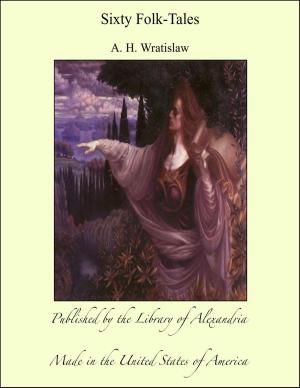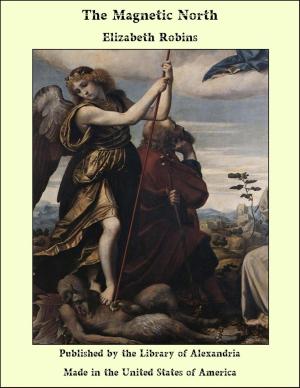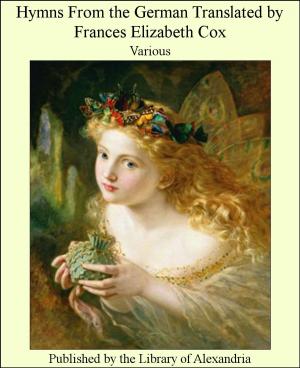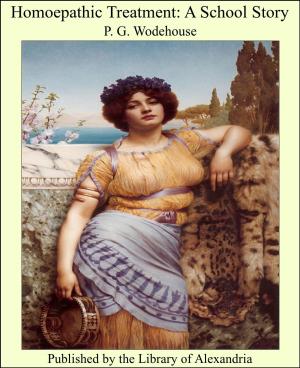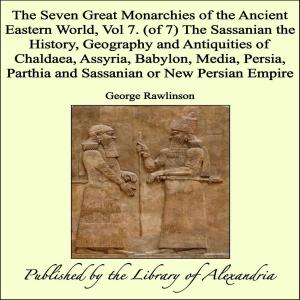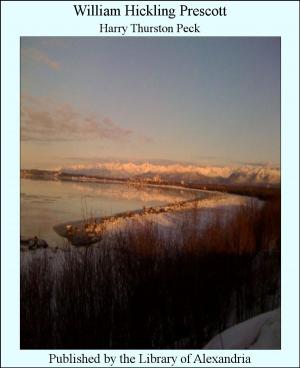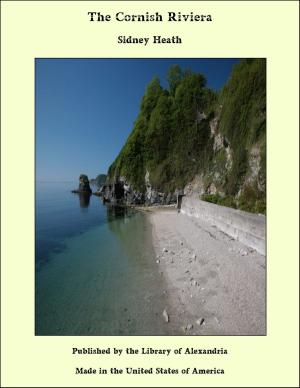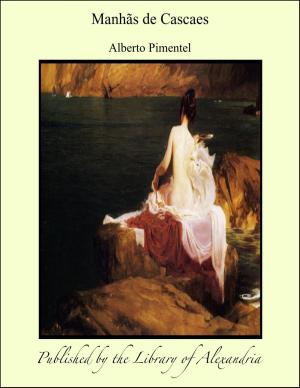Tertium Organum: The Third Canon of Thought, A Key to The Enigmas of The World
Nonfiction, Religion & Spirituality, New Age, History, Fiction & Literature| Author: | P. D. Ouspensky | ISBN: | 9781465507921 |
| Publisher: | Library of Alexandria | Publication: | March 8, 2015 |
| Imprint: | Language: | English |
| Author: | P. D. Ouspensky |
| ISBN: | 9781465507921 |
| Publisher: | Library of Alexandria |
| Publication: | March 8, 2015 |
| Imprint: | |
| Language: | English |
Tertium Organum, the first of Ouspensky's major works, was originally published in 1912 in St. Petersburg, and a second revised edition appeared four years later in Petrograd. Nicholas Bessaraboff brought a copy of the second edition with him when he emigrated to the United States before the Russian Revolution of March 1917. The book was translated into English by Nicholas Bessaraboff and Claude Bragdon and published by Bragdon's Manas Press in 1920. At that time no one in the United States knew whether Ouspensky had survived the First World War, the Russian Revolution of March 1917, or the Bolshevik seizure of power later that year. In fact, Ouspensky had decided to leave Russia for a neutral country in 1916, but instead he travelled south to join Gurdjieff for a while. In 1920 Ouspensky made his way from Ekaterinodar and Rostov-on-Don to Odessa and thence to Constantinople, where he received the news that Tertium Organum had been translated into English and published in America by Bessaraboff and Bragdon. On his way back to Russia from India and Ceylon in the autumn of 1914 after the outbreak of the First World War, his roundabout route had taken him first to London where he had made arrangements for the publication of his books when the war was over. But six years later when he found that Tertium Organum had already been translated and published in the United States, he accepted the situation and wrote a preface for the second American edition in 1922. In August 1921 Ouspensky moved to London and for the next twenty years worked with a number of his students on the English translations of A New Model of the Universe, Fragments of an Unknown Teaching (the working title of In Search of the Miraculous), Strange Life of Ivan Osokin and Tertium Organum. The translation of Tertium Organum was undertaken by Madame E. Kadloubovsky, from the second Russian edition, and a substantial part was approved by the author. In 1947, at the time of his death, the translation was incomplete but Mme Kadloubovsky decided to finish it, having already received careful directions from the author. The new translation was first lithographed in Cape Town, South Africa, in an edition of only twenty-one copies by Fairfax Hall at his private press, the Stourton Press. Later in 1961, an abridged version was hand-set with the help of students interested in Ouspensky's ideas - in the ten-point type designed for the press by Eric Gill. Neither this edition of one hundred copies nor the earlier edition were offered for sale. The continued interest in Ouspensky's work was demonstrated in 1978 by the establishment of the P. D. Ouspensky Memorial Collection in the Archives and Manuscripts Department of Yale University Library, and it was felt that this was therefore a timely moment to offer the complete revised translation to the general public.
Tertium Organum, the first of Ouspensky's major works, was originally published in 1912 in St. Petersburg, and a second revised edition appeared four years later in Petrograd. Nicholas Bessaraboff brought a copy of the second edition with him when he emigrated to the United States before the Russian Revolution of March 1917. The book was translated into English by Nicholas Bessaraboff and Claude Bragdon and published by Bragdon's Manas Press in 1920. At that time no one in the United States knew whether Ouspensky had survived the First World War, the Russian Revolution of March 1917, or the Bolshevik seizure of power later that year. In fact, Ouspensky had decided to leave Russia for a neutral country in 1916, but instead he travelled south to join Gurdjieff for a while. In 1920 Ouspensky made his way from Ekaterinodar and Rostov-on-Don to Odessa and thence to Constantinople, where he received the news that Tertium Organum had been translated into English and published in America by Bessaraboff and Bragdon. On his way back to Russia from India and Ceylon in the autumn of 1914 after the outbreak of the First World War, his roundabout route had taken him first to London where he had made arrangements for the publication of his books when the war was over. But six years later when he found that Tertium Organum had already been translated and published in the United States, he accepted the situation and wrote a preface for the second American edition in 1922. In August 1921 Ouspensky moved to London and for the next twenty years worked with a number of his students on the English translations of A New Model of the Universe, Fragments of an Unknown Teaching (the working title of In Search of the Miraculous), Strange Life of Ivan Osokin and Tertium Organum. The translation of Tertium Organum was undertaken by Madame E. Kadloubovsky, from the second Russian edition, and a substantial part was approved by the author. In 1947, at the time of his death, the translation was incomplete but Mme Kadloubovsky decided to finish it, having already received careful directions from the author. The new translation was first lithographed in Cape Town, South Africa, in an edition of only twenty-one copies by Fairfax Hall at his private press, the Stourton Press. Later in 1961, an abridged version was hand-set with the help of students interested in Ouspensky's ideas - in the ten-point type designed for the press by Eric Gill. Neither this edition of one hundred copies nor the earlier edition were offered for sale. The continued interest in Ouspensky's work was demonstrated in 1978 by the establishment of the P. D. Ouspensky Memorial Collection in the Archives and Manuscripts Department of Yale University Library, and it was felt that this was therefore a timely moment to offer the complete revised translation to the general public.

